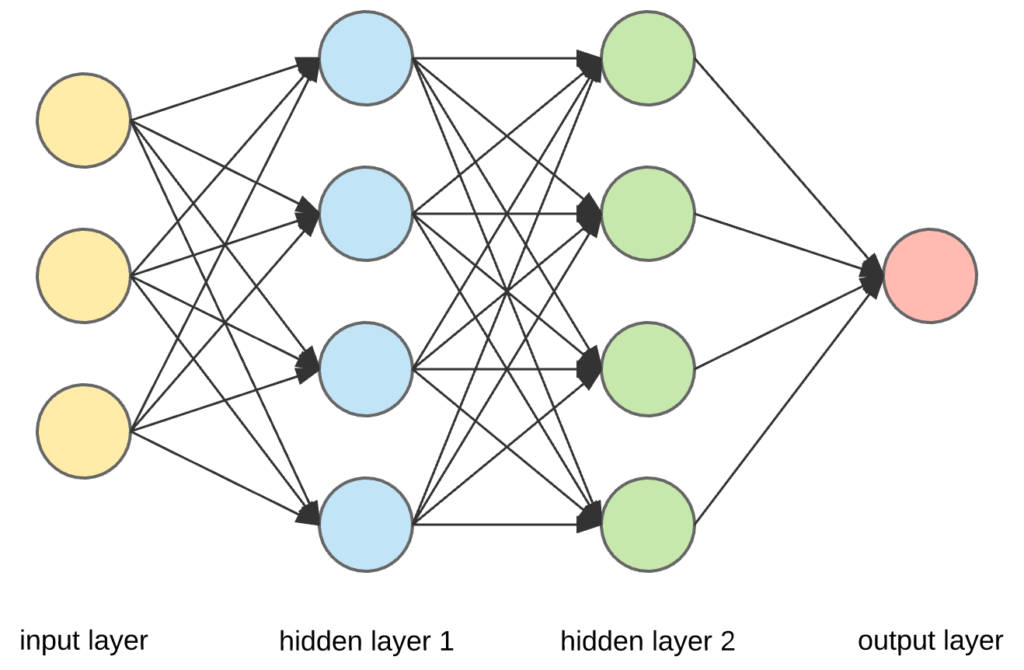If someone asked you to close your eyes and image the face of the person(s) you most loved in the world, could you do that?
Of course you could, and you could see that loved one’s face in your mind with fairly high resolution. The grand question is, How do you do it? How do you create a mental picture of someone’s face in your mind? How are your odd ~ 86 billion neurons generating that thought space and image? What is the image made of? How is the thought space created? How does the mind arise from the networked and synchronous voltage gradients of those neurons?
All grand questions we are increasingly closing in on.

I am a romantic reductionist, inomorphic monist, and on some days lean towards the electromagnetic integration of information (riding on a framework of emergent nonlinear dynamical systems without need for quantum addendums) as the most likely explanation for consciousness. I work at the intersection of artificial intelligence (AI), machine learning, neural and neuromorphic engineering, and computational neuroscience. My ultimate goal is to understand human thought processes and consciousness better. I construct artificial neural networks (ANNs) that in many cases mimic the neurobiology of the brain. I also develop machine learning algorithms and ANNs in the hopes of generating tools that can be of benefit when applied to some of the most pressing problems that humanity faces.
Currently, I am only accepting projects based on prior recommendation from those I have already worked with, but I will be adding some information for interested researchers. I apologize, as I have been a bit slow to update this page, and will try to add to it in the months ahead. Stay tuned and thanks for your patronage!